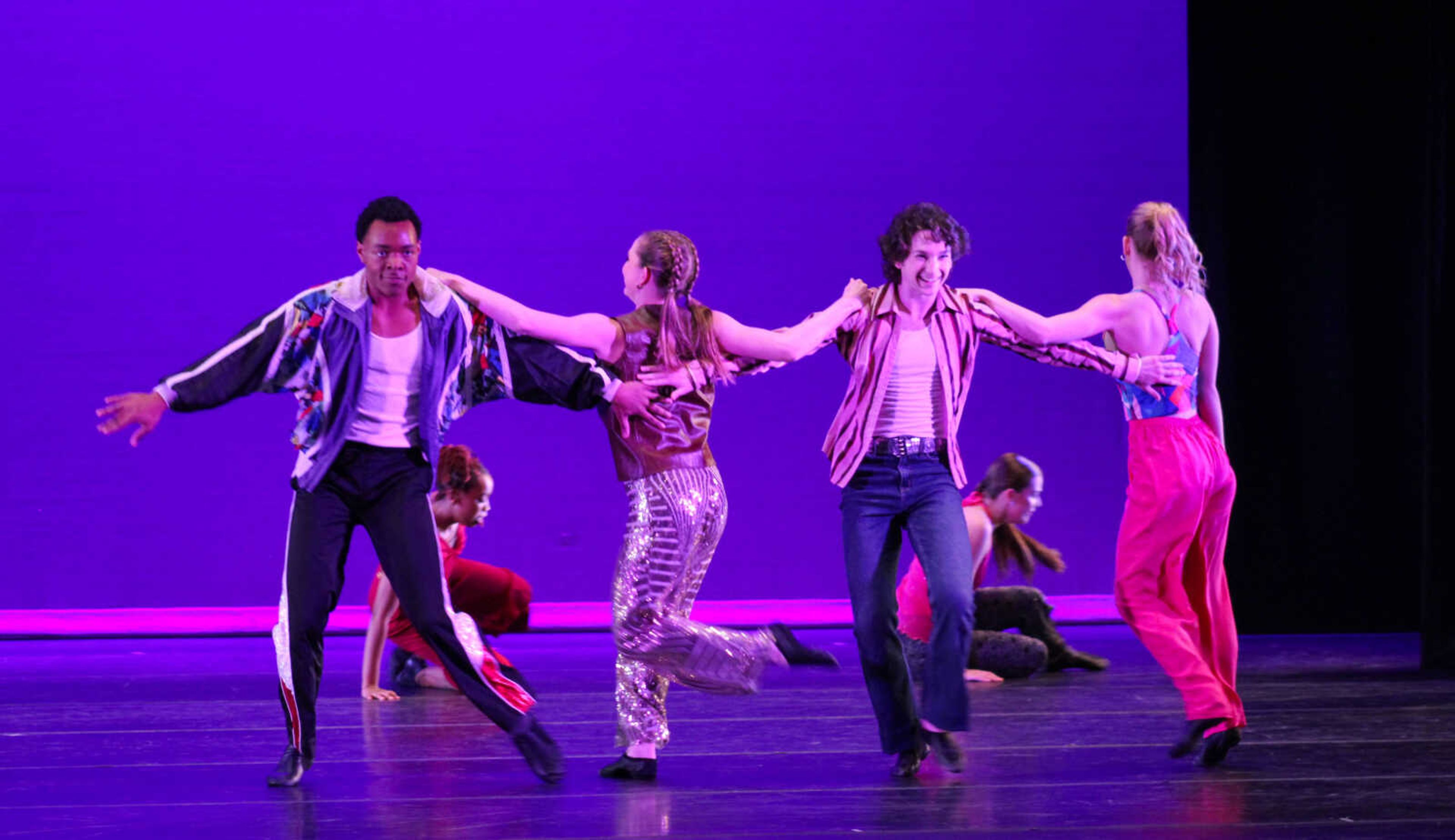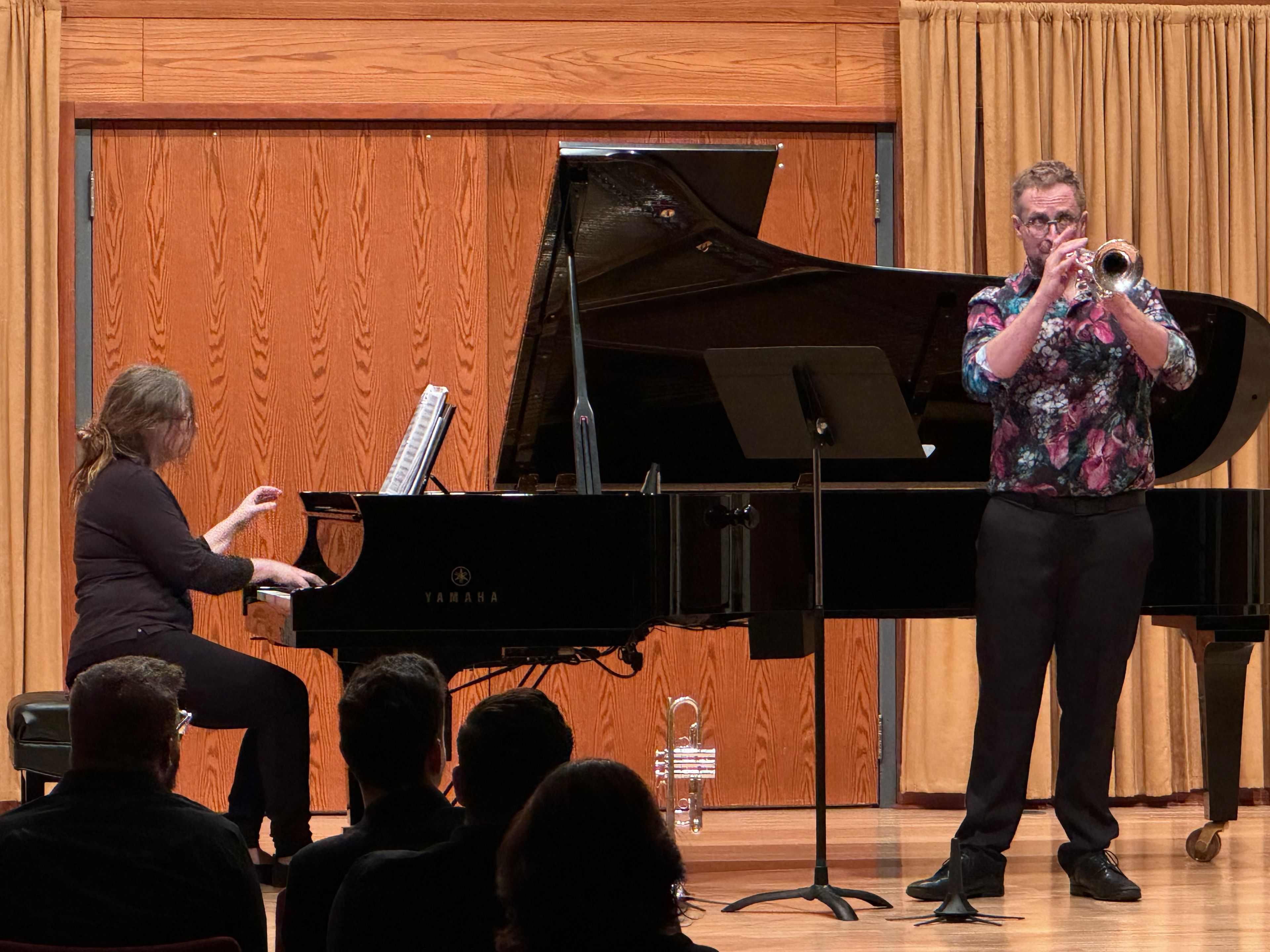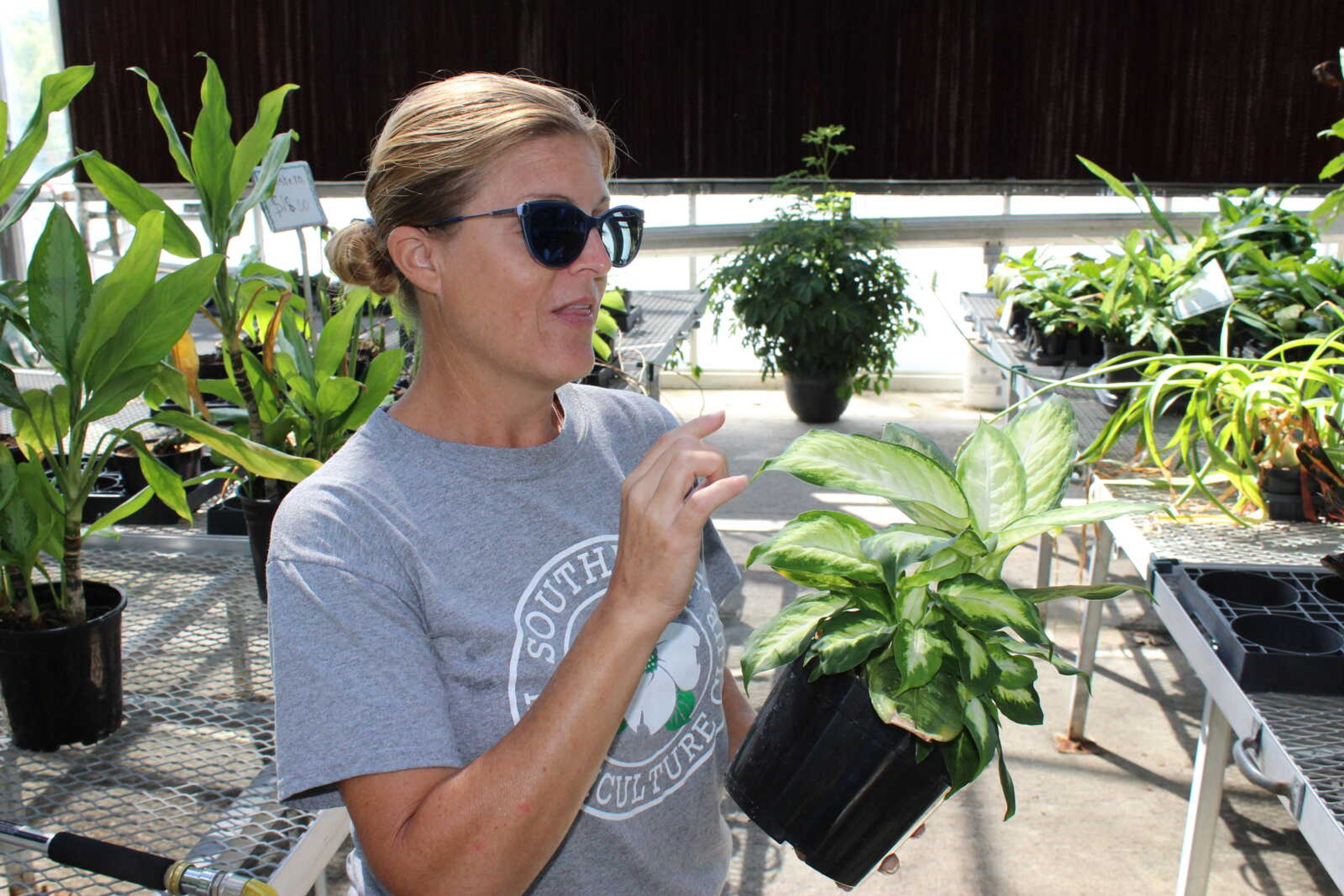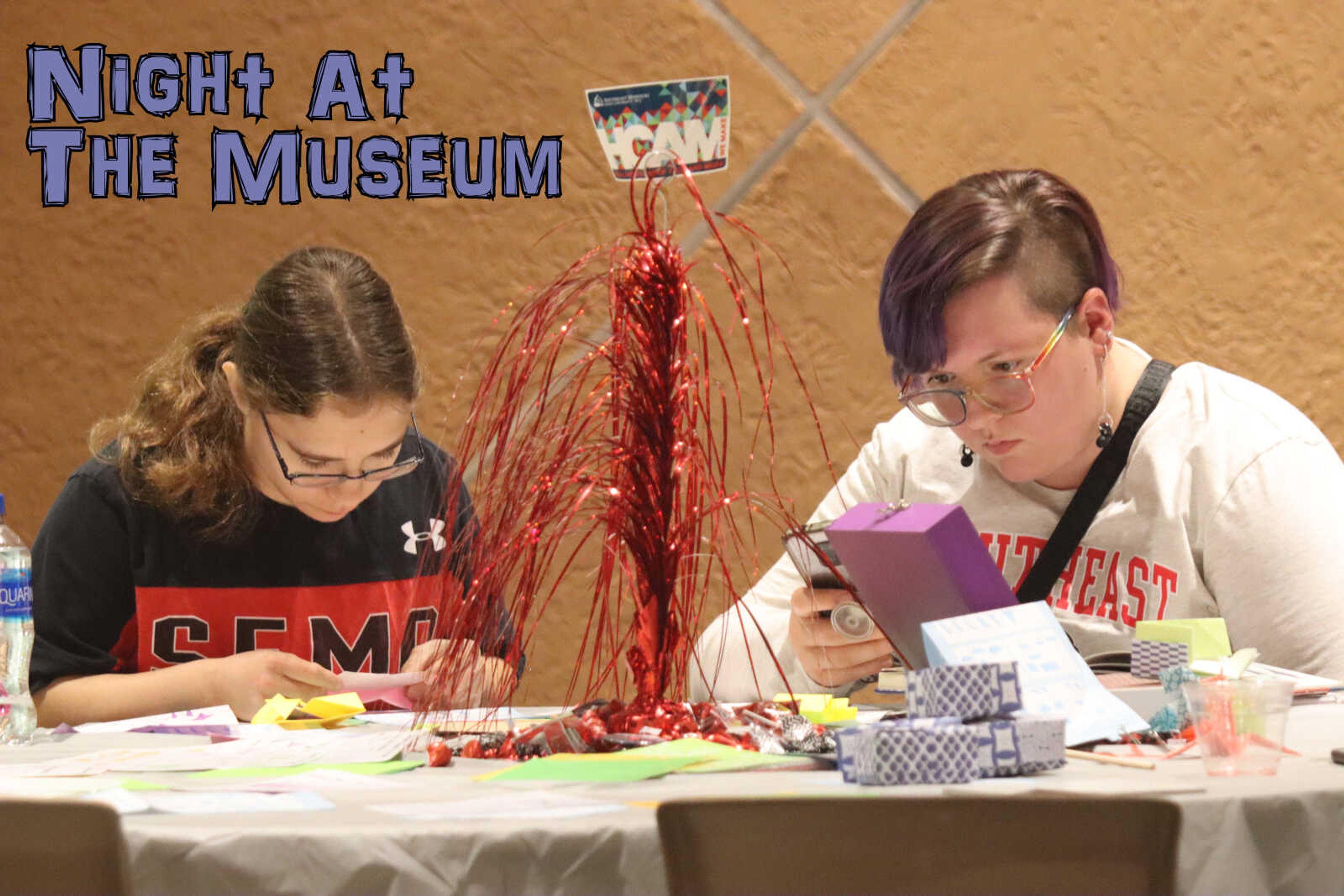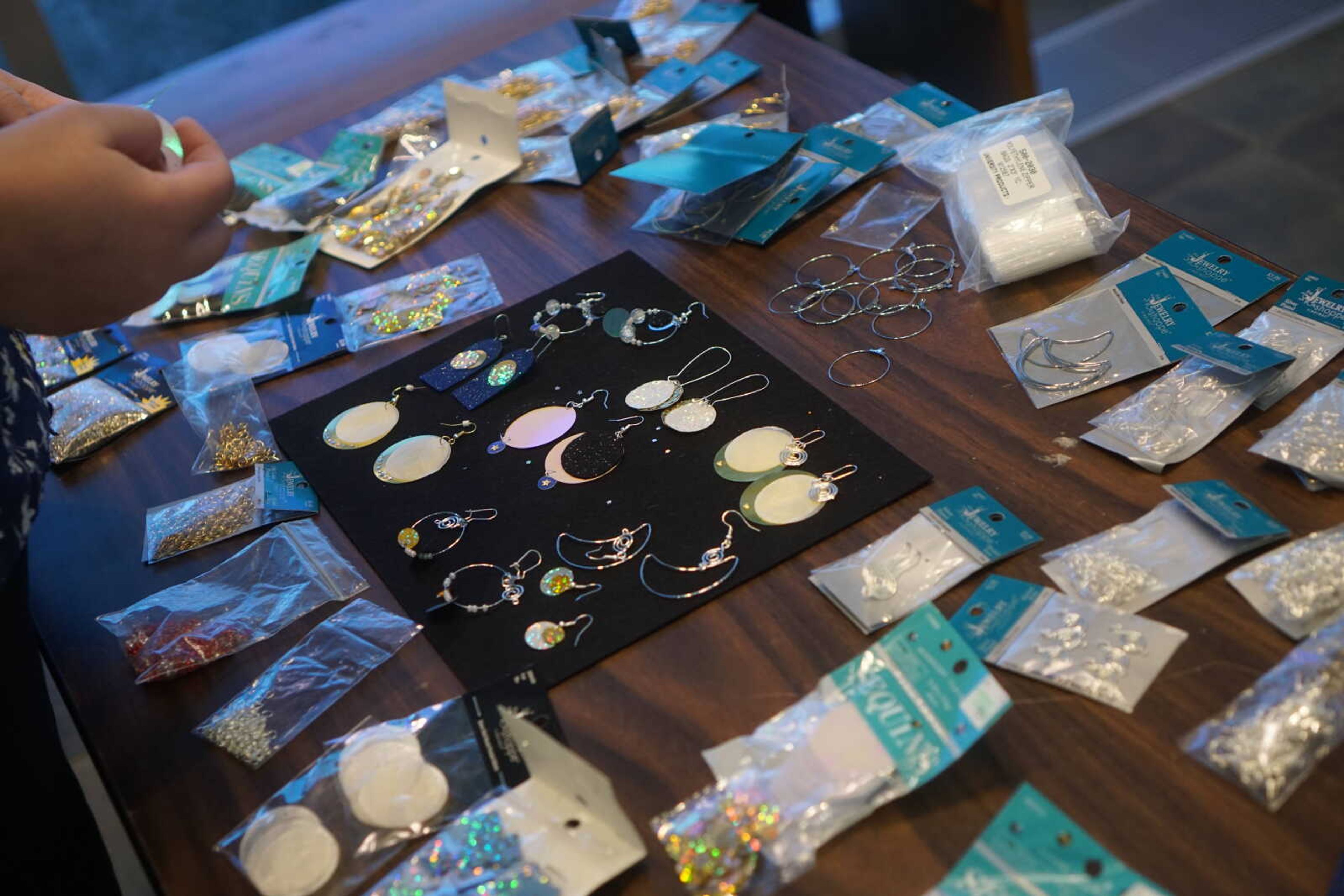Estamos aqui celebrates Latin American culture
Art was displayed as part of Estamos Aqui throughout the month and music compositions were performed on the 21st. The artistic works were there to celebrate Latin American Culture and Community. Students and staff performed music that was either inspired or written by Latin American composers...
Art was displayed as part of Estamos Aqui throughout the month and music compositions were performed on the 21st. The artistic works were there to celebrate Latin American Culture and Community. Students and staff performed music that was either inspired or written by Latin American composers.
At the event, Audience members saw the interpretations of sorrow,happiness and challenges,which are cultured in terms of artistic value.
The first music composition piece of the night was “Libertango,” a piece that was originally composed by Astor Piazzolla, the piece is a representation of his abandonment of the traditional tango form. The solo “Syrinx” played next, it was originally played with a solo flute. The name derives from the myth that the god pan pursued love with the nymph named Syrinx, Syrinx did not get love in return. Syrinx turned herself into water reeds and hid in the marshes,where Pan cuts the reeds to turn into pipes and kills his love. In this performance the guitar was used instead of a flute, which is a transformation since the flute is so symbolic with the myth.
“Sure, it works great with a guitar,” guitarist Patrick Rafferty said before he started playing the Claude Debussy solo. “Versi” was also played by Patrick Rafferty, it was composed by Robert Fruehwald for guitarist Robert Trent.
Southeast senior Joshua Whalen’s “For God So Loved the World” was inspired by a Bible verse in John 3:16. The instruments essentially linked to each other symbolizing following Christ to an eternal life.
“Tango” is a dynamically changing composition, but keeps a rhythm, making congruency very certain throughout the composition. The change of sound in the composite seemed to be the centerpiece to this clarinet choir.
The final piece and the most cross-cultural composition of the night was “Danzon No.2” by Martin Jense. The piece originally came from Cuban Habanera and was performed through European contra dances. It was also included in a lot of Mexican performances.
the Art exhibit consisted of serigraphs made by 40 different artists, some of the serigraphs did not have faces, but had humanoid features. There were many that portrayed the humanoid features as being aliens or monstrous. Some thought the focal point of the piece was death,while others considered murder as the focal point. There were a few sexualized serigraphs that people could view as representing a person’s hunger for life’s addictions.
At the art exhibit audience members faced the faceless, meaning that they saw serigraphs without faces.The serigraphs demonstrated how a person can naturally stereotype people by their culture,which showcased the idea of independence. Especially the ones stripping away facial features, because it can be seen right away when the audience notice people without faces in imagery. The face is a characteristic of independence, when the face is gone, it takes away the communication aspects and all emotions that could be represented in the eyes or mouth. It means they only exist by what they are wearing, what they look like. The serigraphs like this seem to bring attention to the culture-based aspects and makes the serigraphs without independency seem uncharacterized, because independency can be valued by people. Culture at times is interpreted as faceless.
